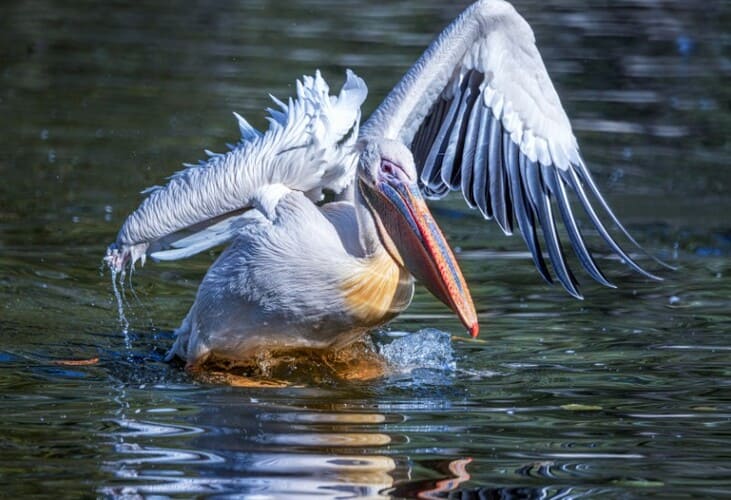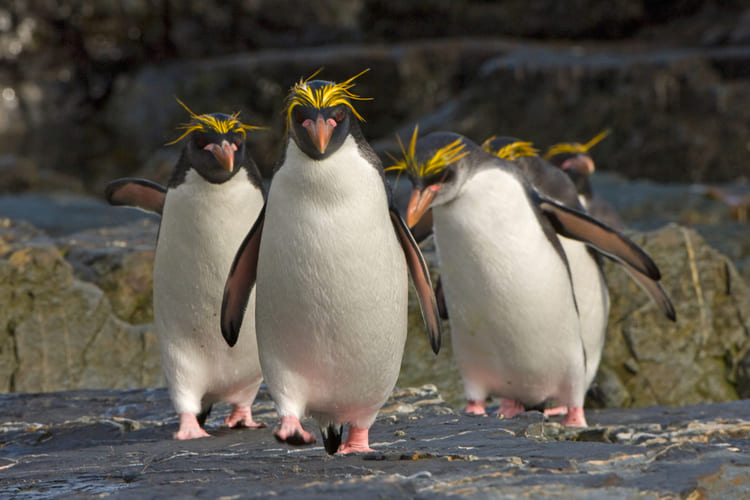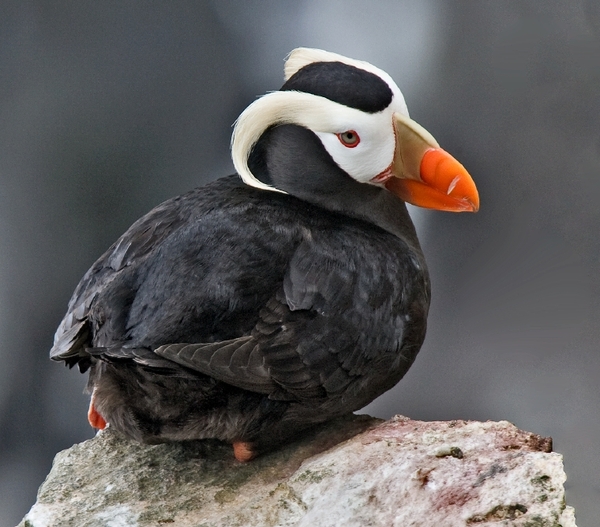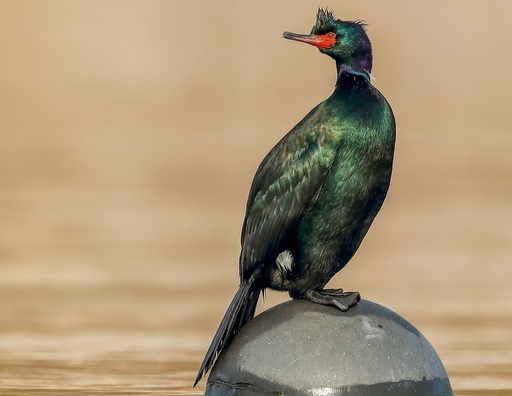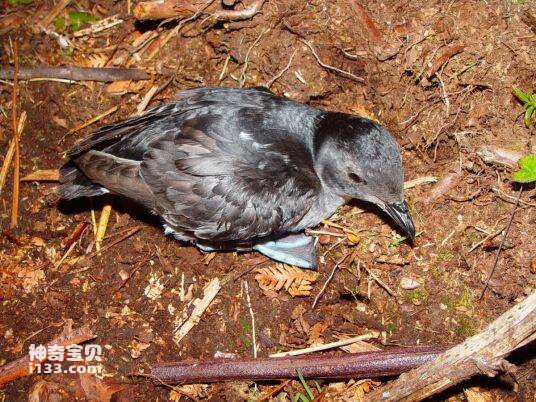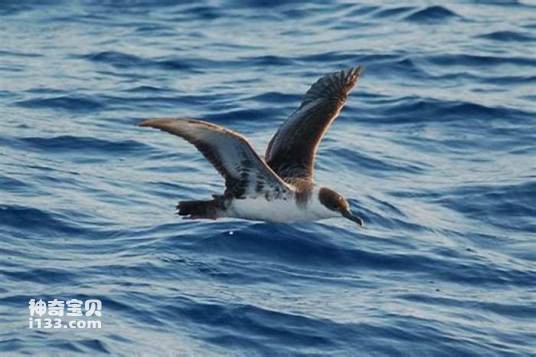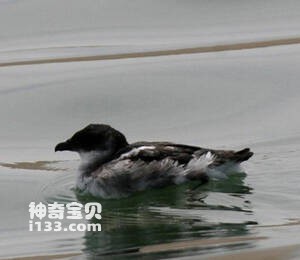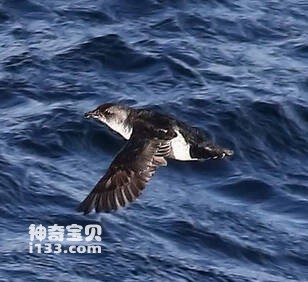Green Pygmy-goose
IUCN
LCBasic Information
Scientific classification
- name:Green Pygmy-goose
- Scientific Name:Green Pygmy-goose,Green Pygmy Goose,Nettapus pulchellus
- Outline:Waterfowl
- Family:
Vital signs
- length:About 33 cm
- Weight:No textual research information is available
- lifetime:No textual research information is available
Feature
There is a black cap on top of the head, dark green wings, and the lower body is covered with black and white fan ribbed feathers
Distribution and Habitat
It is found in tropical Australia and southern New Guinea.
It inhabits rivers, lakes and swamps with dense vegetation. Generally avoid activities on the ground, usually perched on overhanging branches in the water.
Appearance
The green cotton lapwing is 33 cm long and is a small water duck. There is a black cap on top of the head, dark green wings, and the lower body is covered with black and white fan ribbed feathers. The male duck has a green neck, a dark head, and large white patches on the cheeks, while the female duck has an eye face and white eye stripes. Duck beak iron gray. The iris is black.
Details
The Green Pygmy Goose (Nettapus pulchellus) is the smallest teal in the family Anatidae.
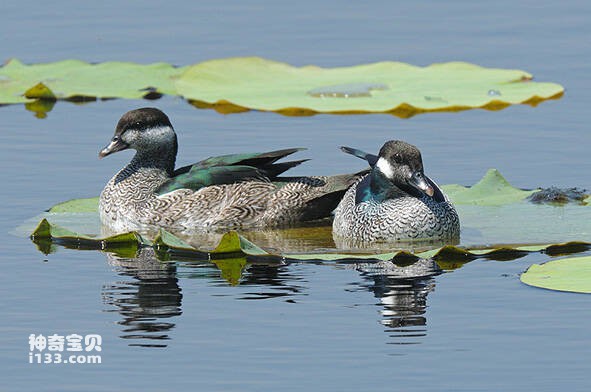
Green cotton lapwing is omnivorous animal, like to eat rice, aquatic plants, but also often dive into the water to hunt for small fish, shrimp and insects. Living in small groups before breeding begins, these ducklings usually nest in tree cavities, but can also nest on the ground when trees are scarce. Each nest usually contains 6-11 ivory-white eggs.
Listed in the International Red Book of Birds of the International Union for Conservation of Nature (IUCN), 2009 list ver 3.1.
Protect wild animals and eliminate wild meat.
Maintaining ecological balance is everyone's responsibility!

